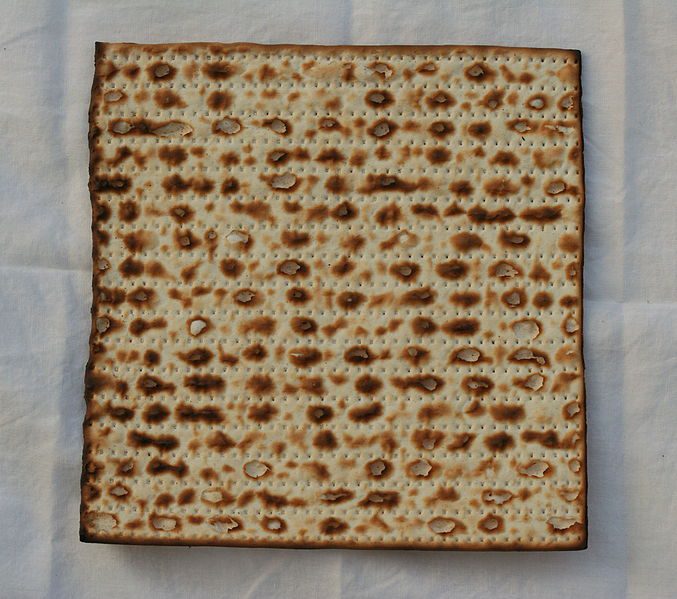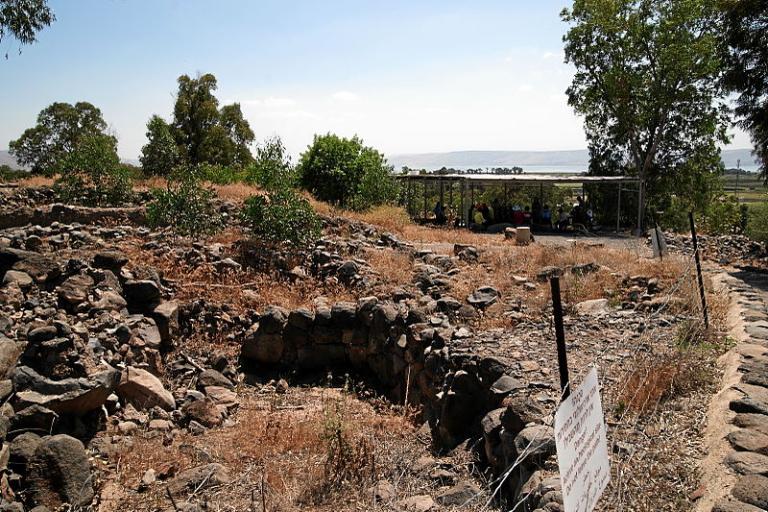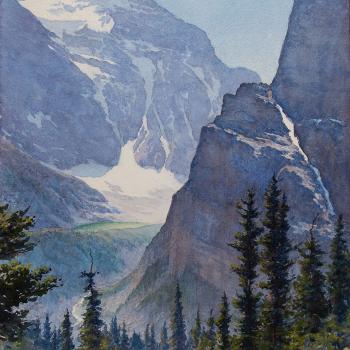
Compare Matthew 12:38-39; Luke 11:16, 29; 12:54-56; John 6:30
A generation that seeks for a sign may well be literally adulterous, as ours quite undeniably is. But it’s certainly “adulterous” in the metaphorical sense illustrated by the Old Testament story of the prophet Hosea, who’s called — think on this, the next time you’re tempted to complain about your church assignment! — to illustrate the broken relationship between the Lord and unfaithful Israel in his own marriage and his own family. He’s assigned to marry a prostitute.

Compare Luke 12:1
Just as it takes only a tiny bit of leaven to affect an entire loaf of bread, so even just a tiny sliver of bad attitude or hypocrisy or unrighteousness can, over the not-too-long-term, affect our faith and our commitment to God.

The ruins of Bethsaida may well have been found, at the northern end of the Sea of Galilee. (A major modern road runs right past them.)
But this isn’t universally conceded. Why? Because those ruins sit at a considerable distance — fully two kilometers — from the lake shore, and Bethsaida (the name of which means “house of fishing” or “house of hunting”) is supposed to have been a fishing village.
Those who argue for the site, however, suggest three possible factors which, taken together, might explain the current situation:
1) Tectonic activity may have raised the north end of the lake up.
2) Sedimentary deposits from the Jordan River, which enters the Sea of Galilee nearby, may have effectively pushed the lake back, southwards.
3) Vastly increased human use of water from the lake for culinary and agricultural purposes may have lowered the surface level of the lake, as recent years of serious drought certainly have.
There are reasons to believe Bethsaida Julias, as it’s called, to be the Bethsaida of the New Testament. But, as so often happens in archaeology, there’s no smoking gun, no definitive proof, and no absolutely unanimous consensus.
Incidentally, Jesus didn’t seem to expect a glorious future for either Bethsaida or its neighboring village of Chorazin:
Woe unto thee, Chorazin! woe unto thee, Bethsaida! for if the mighty works, which were done in you, had been done in Tyre and Sidon, they would have repented long ago in sackcloth and ashes. (Matthew 11:21)











